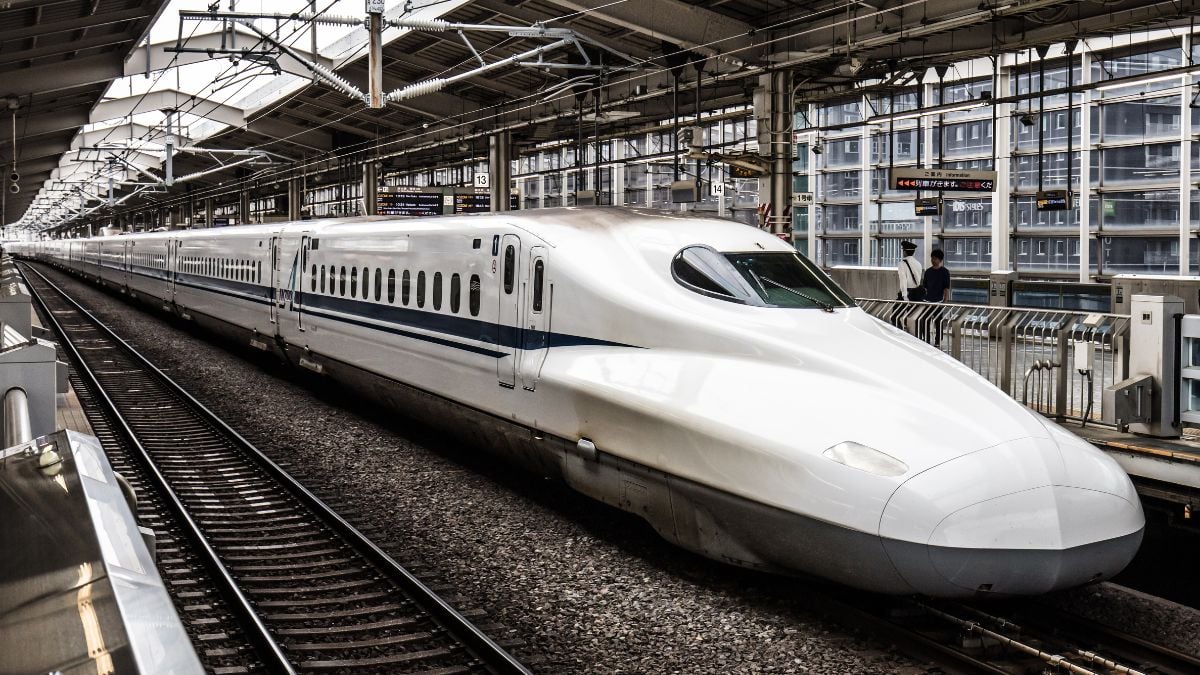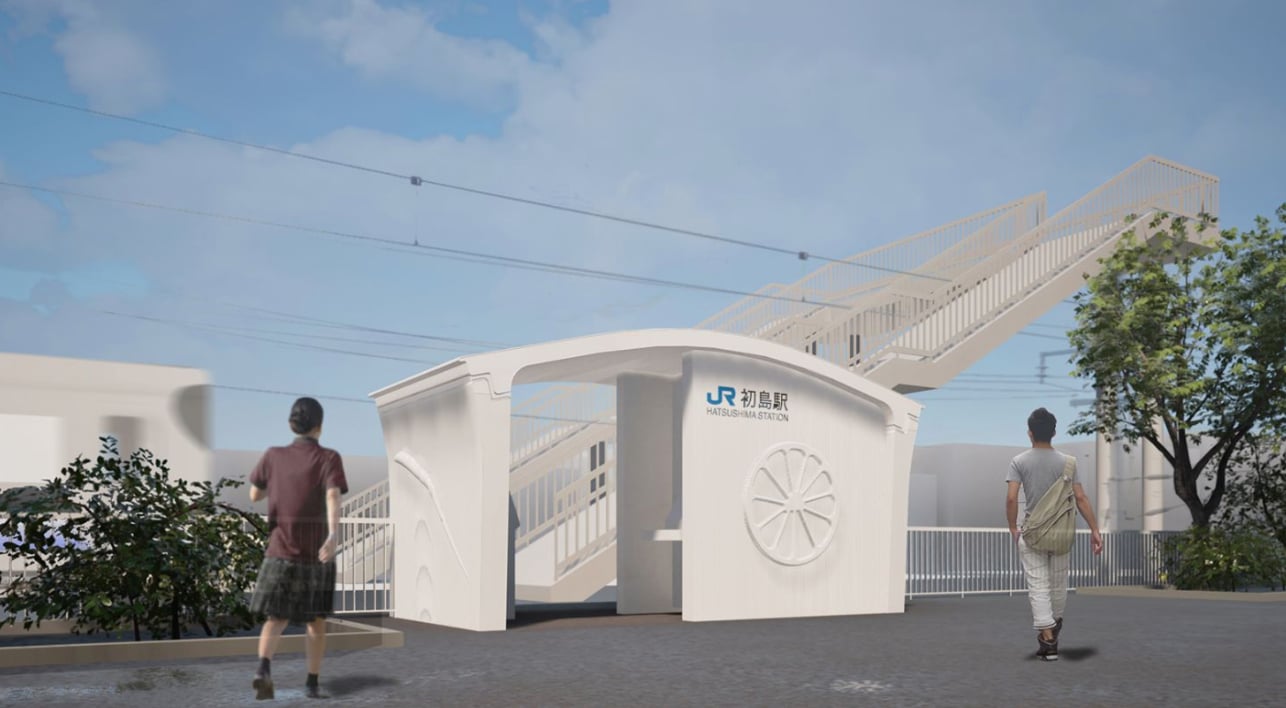
While in Mexico the wait to see railway projects completed is measured in six-year presidential terms, in Japan, a completely new train station was assembled in less than a night thanks to 3D printing technology. The case, recently reported by the New York Times, demonstrated how innovation drastically shortens construction times while optimizing resources.
The Hatsushima Station, located in a rural community in the city of Arida, Wakayama Prefecture, was built between 11:57 p.m. and 5:45 a.m., during the brief nightly pause in train service. According to the West Japan Railway Company (JR West), this project is “a world first.”
READ ALSO: Coca-Cola flips the boycott and school ban with this strategy
Serendix, the company behind the 3D-printed train station
The key was 3D printing. The station’s components were printed with special mortar in a factory in Kumamoto, on the island of Kyushu, over 800 kilometers away. The company Serendix, specialized in 3D printing of habitable structures, was responsible for manufacturing and transporting the parts, which were then assembled within hours.
According to documentation by NYT, the full printing and concrete reinforcement process took just seven days. Then, the parts were transported by road, in multiple trucks, to Hatsushima. There, a crane precisely positioned each preprinted section while dozens of locals watched in awe as the station — which will replace a wooden structure built in 1948 — was assembled.
READ ALSO: VIDEOS Helicopter crashes into Hudson River: what happened?
How big is the 3D-printed train station?
Hatsushima Station is small — just over nine square meters — but fully functional. It’s an example of how Japan is tackling the challenges of an aging population and shrinking workforce in a practical way, especially in rural areas where passenger numbers have significantly dropped.
The station will serve about 530 people daily and, although it’s scheduled to open to the public in July, it already represents a paradigm shift in railway infrastructure.
The new building’s design is minimalist and functional. Its white façade includes local icons like a mandarin orange and a cutlassfish, both typical products of the Arida region. While ticket machines and transportation card readers still need to be installed, the main structure is already complete.
And what about the Mexico vs. Japan?
While Japan advances with precision and efficiency, the situation in Mexico looks very different. The country’s flagship railway projects have often become synonymous with bureaucracy, delays, and budget overruns.
The most recent and emblematic case is the Tren Maya, a megaproject promoted by President Andrés Manuel López Obrador. Since its announcement, the project has been surrounded by controversy due to environmental impact and a series of delays.
Another clear example is the Mexico-Toluca Interurban Train, whose construction began in 2014 with the promise of completion in three years. However, it wasn’t until 2023 that a section was inaugurated, and even by 2025, the final stretch connecting to Observatorio in Mexico City is still under construction. That’s more than a decade since it began.
What are the benefits of 3D printing for public infrastructure?
Modular construction using 3D printing not only shortens execution times but also lowers costs, reduces waste, and allows for better control in logistically complex environments, such as those near active rail lines.
According to JR West, building the Hatsushima station using traditional methods would have taken more than two months and cost twice as much. These kinds of savings are crucial in budget-limited scenarios, which are common in many rural communities.
How Japan Built a 3D-Printed Train Station
in 6 Hours https://t.co/BIpSqp2eaW @nytimes pic.twitter.com/aVauplnIjp
— Spiros Margaris (@SpirosMargaris) April 8, 2025










